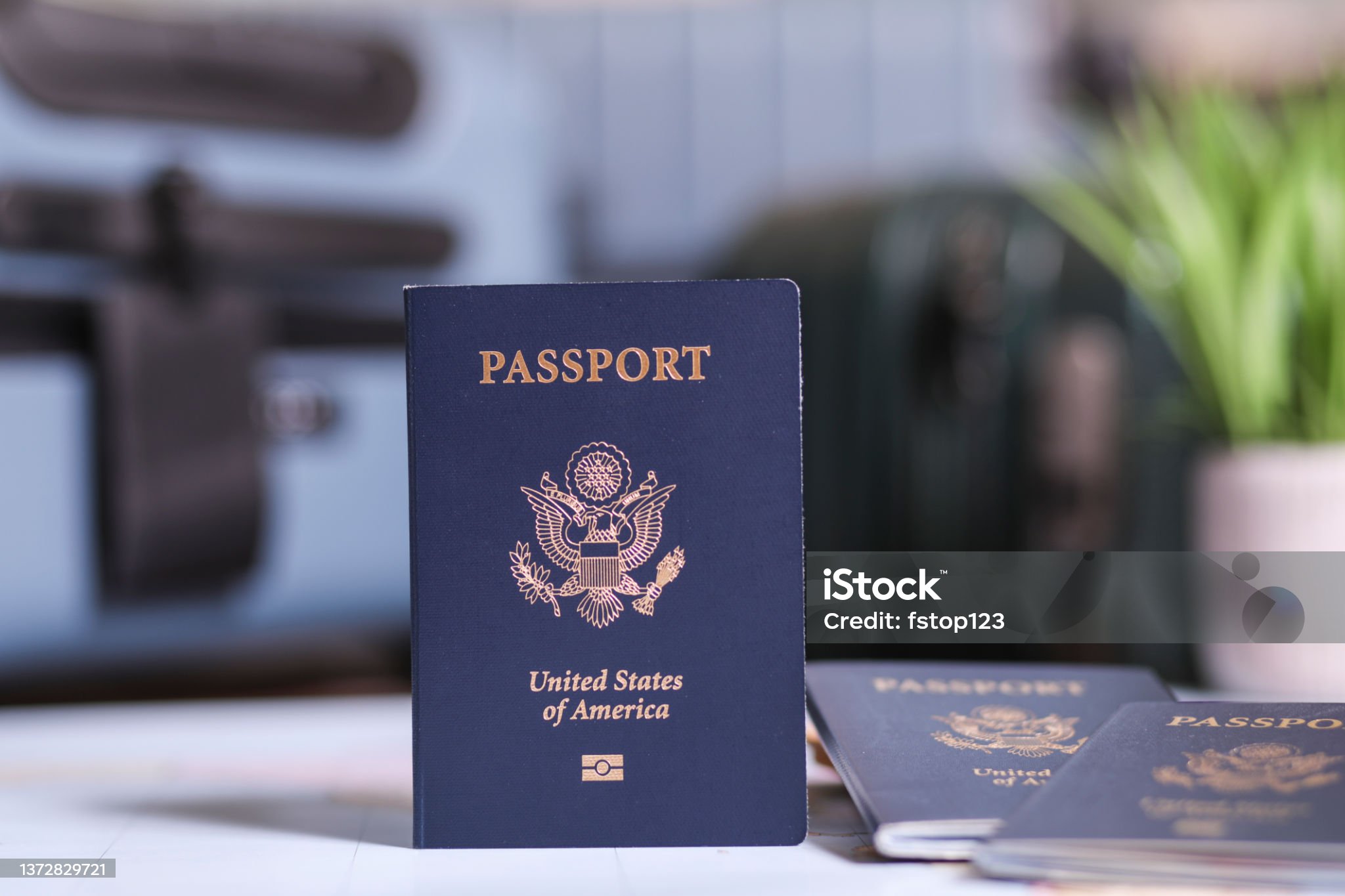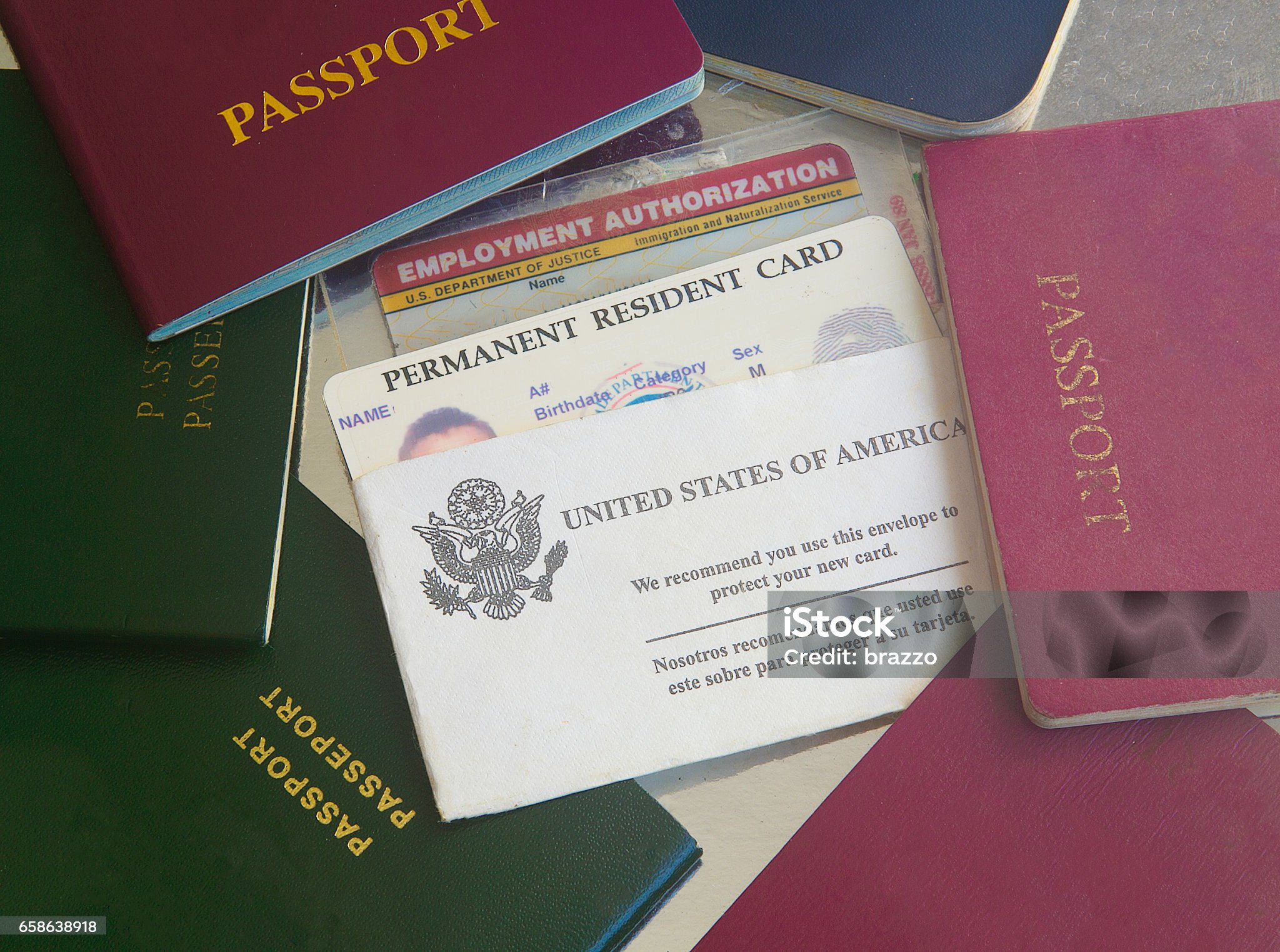Understanding Secure Identification Methods in the 21st Century with Emerging Trends
Understanding Secure Identification Methods in the 21st Century with Emerging Trends
Blog Article

1. Overview of Identification Documents
Identification documents play an essential role both for individuals and society. Serving as "permissions" and "access tools," these documents help society run efficiently when widely accepted and available. There are different kinds of identification documents, and each of them signifies a particular aspect. Take, for instance, a copyright, which confirms an individual's legal ability to drive, and a copyright, which acts as proof of citizenship and permits border crossings. These documents are highly valuable on a personal level and are key to completing various contracts, for example, to get a job, to access services, to buy insurance, or to rent a car. Many times, financial institutions might request to review these documents if the borrower appears unreliable or does not have a very strong credit history. These documents not only serve as clear proof of identity but also as authorization for a person to fund or operate within the law.
Identification documents weren't always as integral to daily life as they are in modern times. The importance of these documents has expanded in response to evolving legal standards and security needs. Advances in information technology have made it possible for organizations to develop secure systems that are far ahead of the cutting-edge ID technologies available to the general public. Numerous nations are transitioning to biometric-based standards for national IDs. Some already utilize electronic exit systems.
A person's identification documents serve as a formal confirmation of their legal standing. The "real identification" recognized documents worldwide include passports, copyright, copyright, and driver's licenses, at both global and national scales. Many people store their identification documents securely under lock and key and ensure quick access to them when required.
In this discussion, we delve into the legitimacy and importance of documents such as the IDP, Real ID, copyright, copyright, copyright, and resident permits, aiming to enhance public awareness of their necessity. Educational staff and the general public need to be informed about these documents, and this information might be useful in preventing loss or regaining these documents. The content here is directed at both domestic and international audiences, aiming to ensure they possess the vital documents necessary for their knowledge and ideals.
2. Laws and Regulations Pertaining to Identification Documents
Identification documents fall under different laws and regulations depending on the jurisdiction. These documents are provided to individuals through authorized issuing entities in accordance with rules designed to maintain their integrity. In some cases, identification documents are compulsory, while in other cases they serve as forms of verification or validation. The individual is obligated to adhere to the regulations of the jurisdiction where the document will be utilized. In conclusion, individuals should familiarize themselves with the local legal requirements in any jurisdiction where they intend to use such documents or perform transactions. For the most part, government agencies at the state or local level issue, regulate, and restrict certain documents for use in certain transactions.
However, the differences in identification requirements across jurisdictions may interfere with international travel and commerce. Thus, it is a widespread issue when travelers struggle with unfamiliar identification regulations across countries. While it is impractical to list the identification rules for every country here, it is crucial to recognize that with almost 200 nations and billions of people interacting, understanding the rules is important for global travel and commerce. By not following the rules, individuals could violate another country's laws, and that is where the rules of reciprocity and international legality come into play. Failure to comply could cause legal implications, both civil and criminal, by infringing on laws about identity, privacy, commerce, trade, and human rights.
Public policies and protected rights can sometimes clash when creating security regulations for travel IDs. In some cases, human rights might clash with security policies requiring the highest levels of identification documentation in the fight against terrorism. Finally, within the last five years, with the rise and acceptance of digital mobile driver's licenses, countries have been clarifying or drafting new laws and regulations to govern their use, which remains an evolving area. Digital identification documents for travel are being considered as the future direction for global travel management. Despite the shift towards mobile driver’s licenses, the use of passports is expected to persist well into the future. 
Both the standardization and evolution of digital IDs and mobile driver licenses are progressing as well. For example, nearly two years after California's law on mobile copyright requirements, stakeholders are set to finalize regulations for the first official state mobile driver’s license.
3. Comparative Study of International Driver’s License, Real ID, copyright, copyright, copyright, and Resident Permit
An International Driver’s License serves as a form of identification for individuals driving in foreign countries. The International Driver’s License was never developed by the UN or international organizations as a travel facilitation tool between countries.
The Real ID is primarily used as an ID for boarding domestic flights, in line with state driver’s licenses and ID cards that meet national criteria. The Real ID can also be employed to gain access to federal buildings and nuclear facilities. However, the Real ID is not meant to replace a travel document, copyright, visa, or residency permit. Even though some individuals could use it overseas for identification or birth date verification, its main function is for domestic travel within the United States.
In the United States, passports serve as original forms of identification, as opposed to derived ones. A copyright is primarily used as a tool of foreign diplomacy; it was made to protect citizens from arrest or to help them travel and attend non-obligatory meetings to negotiate treaties or other matters of common concern. This is the official, often administrative, use. Of course, the copyright has bureaucratic as well as personal applications. To travel internationally, or even regionally in some cases, travelers need more than just a copyright; they must also satisfy several other criteria.
copyright are issued at birth and are typically required to acquire passports and other forms of official ID. In comparison, a copyright and a copyright would seem to serve the same general purpose. However, a copyright offers continued benefits. Additionally, while a copyright is used to acquire a copyright, it does not result in a “second copyright”. It is irrelevant to the second copyright unless the traveler is planning to take on an illegal second nationality.
4. Security Elements and Fraud Prevention in Identification Documents
Several security measures are in place to prevent the counterfeiting, modification, and fraudulent usage of identification documents. For example, many ID cards and documents contain security components such as holograms, multi-layer images, and laser engraving. Some ID cards are embedded with RFID chips holding biometric data and digital imagery to prevent misuse.
Many security features are either hidden or semi-hidden, such as special inks, watermarks, or microtext. All these features are intended to ensure that ID documents are difficult to copyright. 
In general, the level of security of an copyright should correspond to the level of trust required. copyright security features, for example, don’t require the same level of security as passports, which are used for international travel, while driving licenses serve primarily domestic purposes.
Advances in technology have driven the creation of more advanced security elements for ID documents. It is important to actively promote and adapt new security features and issuance practices whenever possible to stay ahead of potential counterfeiters and fraudsters.
Moreover, it is also important to regularly review both current and future security elements and issuance procedures. This evaluation helps ensure that identification security keeps up with emerging threats and advancements that might compromise the document's integrity.
Furthermore, an effective anti-fraud document security program should focus on proactive as well as reactive strategies. Proactive strategies include actions such as education, public campaigns, service announcements, and security-focused events or workshops.
5. Conclusion and Future Trends in Identification Document Technology
This document takes a global look at some of the many variants of identification documents in the world. It is important to see ID from both a technical perspective, considering security features, verification, and issuing authorities, but also from a legal regulatory point of view that would show the verification in courts where the document was used.
Research indicates that opinions on the quality of identification documents and their verification worth differ depending on the context of use. It would also be interesting to examine through ethnographic methods how the definition of a “good” identification document varies by country. Comparative work also offers understanding of the differences in document legitimacy, even among countries with comparable political, economic, and social frameworks.
The future of identification documents is undergoing significant change, driven by advances IDP in digital technology. Technology is constantly enhancing the capabilities and security of standard identification documents like eIDs in response to mobile technology adoption. The main landmarks in this new convergence are biometrics and blockchain used as distributed ledgers.
The use of biometrics, particularly with “liveness” detection, will ensure accurate identity verification through real-time data collection, eliminating the risk of digital identity theft. This technology may push beyond the boundaries of human rights recognized under international law and constitutional frameworks. Access to this biometric data must be carefully protected and based on the person’s consent.
Digital identity systems might contribute to exclusion, particularly for individuals who do not have easy access to digital identification systems. Many people do not have the means to access digital identities, which can be problematic. A so-called “identity gap” is being discussed as a result of technology, which has created disparities in access to identity verification for different areas of life.
There is a need for more systematic comparisons between digital identity systems and physical documents. So, apart from verifying identity, digital identity databases also serve to verify risk levels associated with different transactions. There should be more systematic research to see how guaranteeing the “offline” verification rights can be applicable to this new identification context.